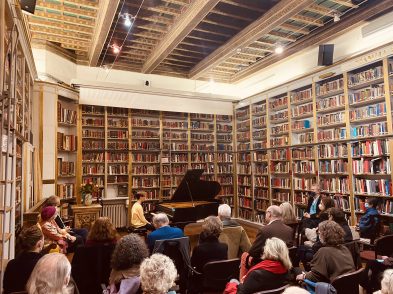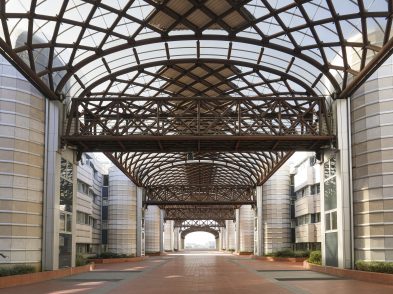One of the most special things about Florence is that there is art in any direction you might turn. Whether it be a sculpture by Michelangelo, a garden by Buontalenti, architecture by Brunelleschi, the invention of the pianoforte at the Uffizi, the world’s finest wines and edible delicacies, there is very little in and around Florence that isn’t crafted by God or by hand in an artistic manner. It’s no wonder that artisans from all over the world choose to make Florence their creative home and it comes as no surprise that two violin makers, liutai, Andrea Giovannetti and Kyle Schultz have chosen a nearby Tuscan town to house their workshop where they produce internationally celebrated instruments. While Cremona is famous for being the “home of the violin” from Stradivari to Guarneri, Florence has as many violin makers who craft in the ancient style as in the Lombard city. On the via Ghiberti in Pontassieve on the edge of Florence where the Sieve river connects with the Arno is a store-front violin workshop where two contemporary artisans are crafting magical instruments in the old tradition.
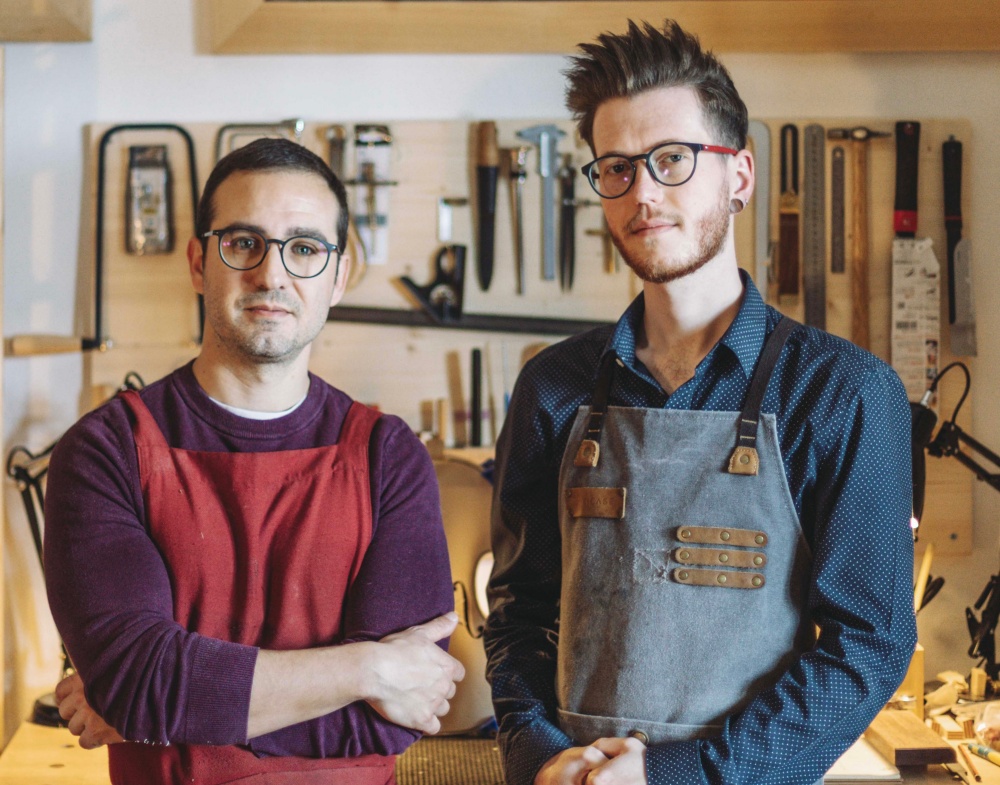
Andrea Giovannetti was born in Florence and grew up in Pontassieve surrounded by music and music making, but his early professional studies were in biology. He was always fascinated by the violin and how science and art could mesh to create a beautiful instrument, so he decided to meld his two loves and pursue violin-making from a scientific perspective. Andrea talks eloquently about how each violin has its own characteristics, just like each human being, as he speaks to the individuality of each. He was fortunate to have been one of the last violin-maker apprentices to Maestro Luca Primon in a traditional workshop in Trento before moving to London under the tutelage of Maestro Andreas Hudelmayer, where the study was specific to copying famous old instruments, in particular ones from Cremona, the world-renowned 18th-century Guarneri del Gesù.
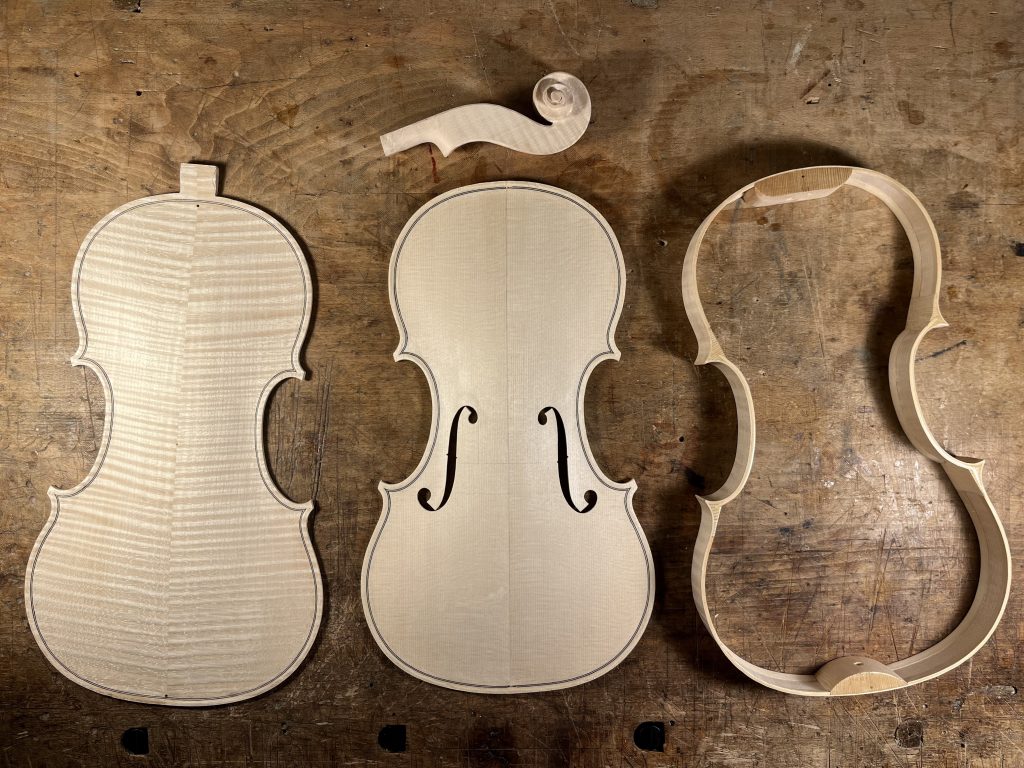
Kyle Schultz was born in Johannesburg, South Africa to a Scottish mother and German father. Originally a student of medical physiology, he had nevertheless played and loved the violin while growing up and thought that there might be a career path related to his passion. The violin he played in his youth (he’s currently still just 26) was crafted by the South African violin maker Brian Lisus, who had studied at the Newark International School of Violin Making, near Nottingham, in England, where years later Kyle himself would study for three years, following in Lisus’ footsteps as only the second South African to study at the school. After graduating, Kyle worked at Philip Brown Violins in Newbury, Berkshire as their main restorer and maintenance of string instruments.
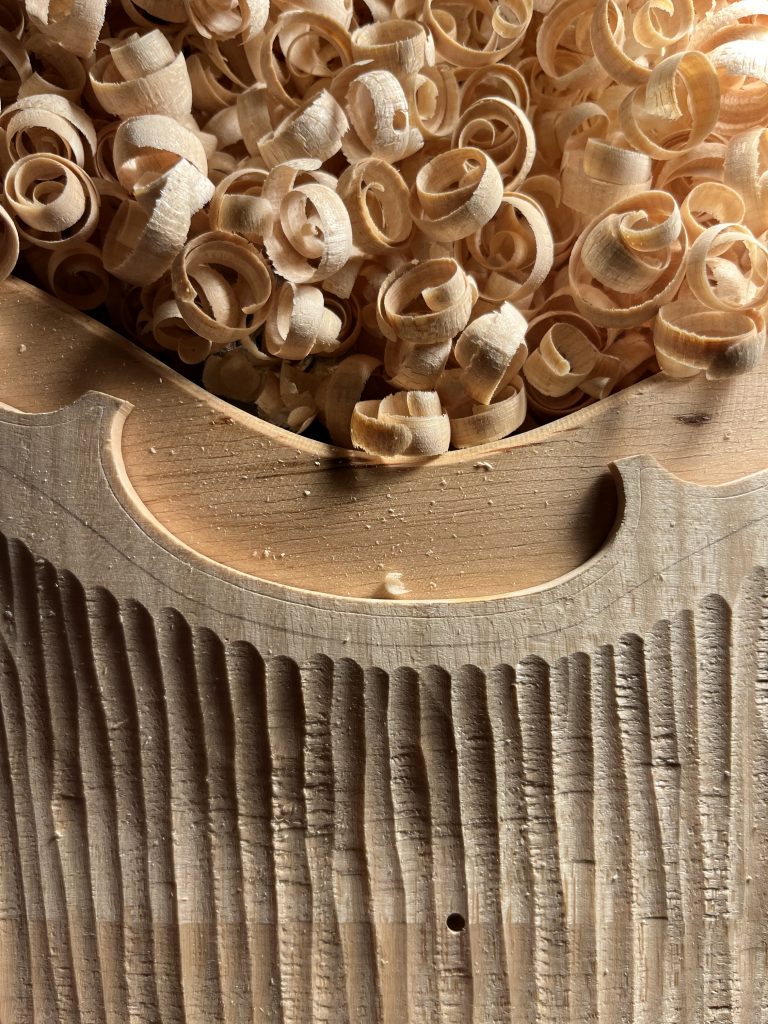
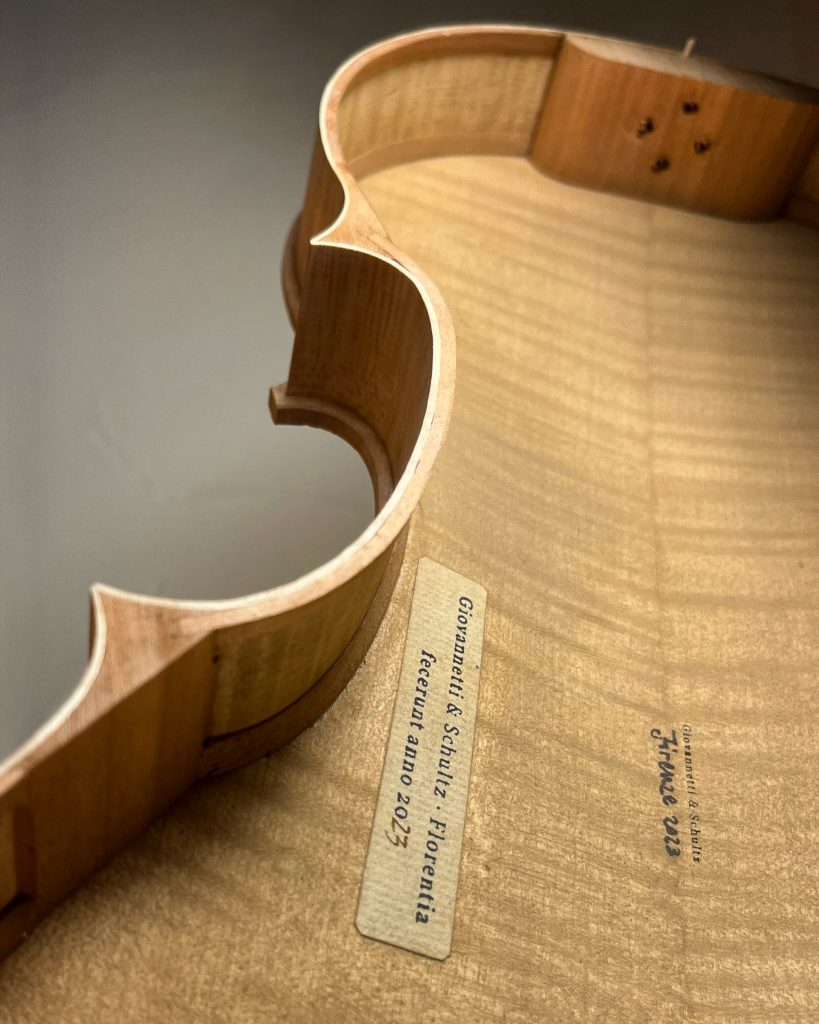
Then in 2019 Andrea and Kyle met for the first time at the British Violin Makers Association, immediately hitting it off and becoming good friends. They began sending samples of their work to one another and then only a year ago they decided to give a workshop partnership a go. Kyle came to Pontassieve for three months and as they worked together they realized that joining their forces to create a new workshop would grow their business, each bringing their well-honed specialities to the craftsman’s table. Kyle specializes in restoration and Andrea focuses on copying old instruments. Combining the two capacities, in particular each artist’s knowledge of acoustics, one from the vantage point of restoration of existing instruments, the other from the recreation of old instruments, has taken their work from excellent to world class. Within only a short while, the two figured, “Why not take part in a violin-making competition?” So they entered the XVII Concorso Internazionale di Liuteria di Pisogne. They came back to Pontassieve with the gold medal for their violin.
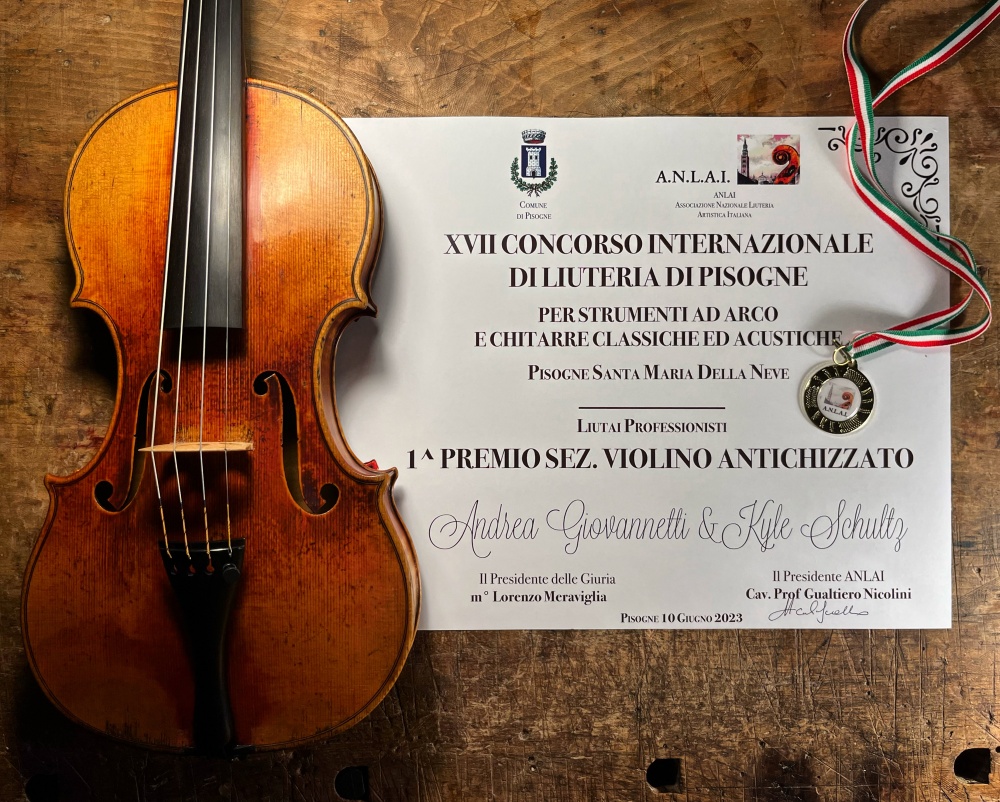
With prospects looking good, they found an attractive storefront shop on the via Ghiberti in Pontassieve and have made the location their artistic home. With ancient vaulted ceilings and beautiful wood beams, it is likely that the bones of the building might even have been there when Stradivari and Guarneri were making their own violins in Cremona. The Medici bridge right outside the front door of the shop crossing from the river Sieve was certainly there already for several hundred years. The atelier is mainly focused on making violins and violas. The business is both international and intimate. It is important to meet clients, that the clients play the instruments and develop personal relationships. Giovannetti & Schultz will not allow customers to wait more than a year from ordering an instrument to delivery, which is much less time than most liutai. The creation of a single instrument takes two months. Sometimes the varnish can take a little longer. The spruce wood comes from Val di Fiemme, in Trentino, where Stradivari and Guarneri also procured wood for their instruments. If the wood is maple, then it comes from the Balkans. From time to time, Kyle and Andrea use Italian maple and Italian black poplar if they are copying a particular instrument, and sometimes they will use sycamore. But they are equally keen on looking for wood from new places and testing out its properties.
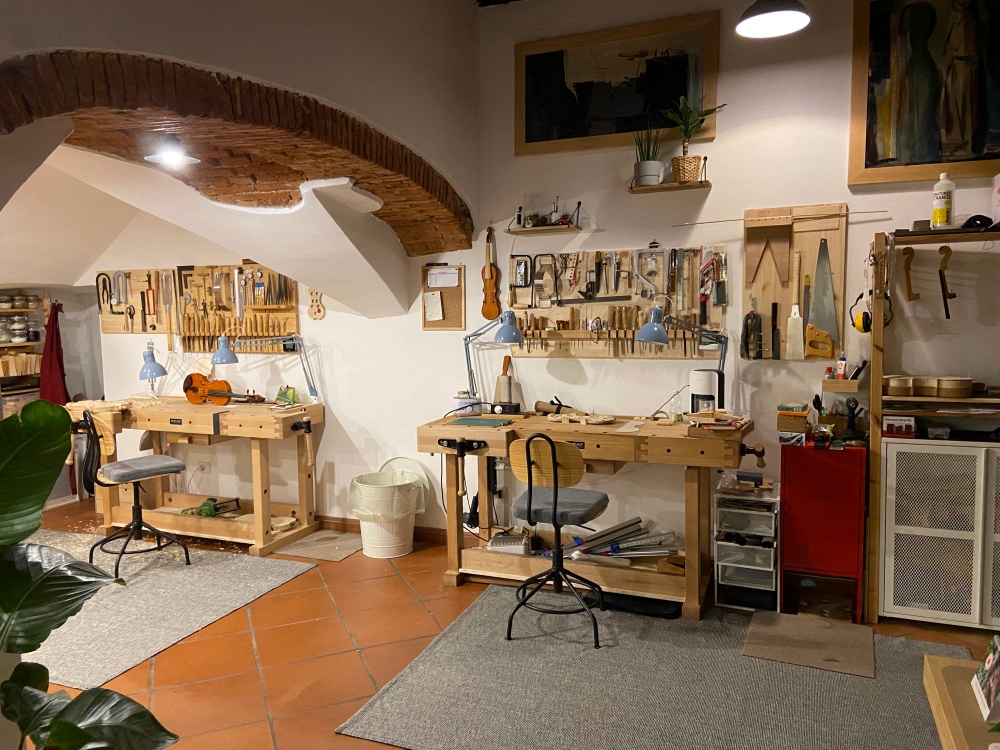
The wood that eventually becomes a violin begins in two parts, bound by perfect joints and carved revealing the delicacy of the wood, the shape, the f-holes. In the shop seeing how the wood begins and how the violin reveals itself from within the block is a mystical experience. Observing the flow of the wood, the scroll and the pieces that are put together to create an acoustic instrument is akin to imagining Michelangelo in his studio chiseling away at marble to reveal the human being concealed within. The recipes for the varnish are based on the chemical compositions studied from the ancient violins. And then the two artisans play with the varnishes, adding a little more oil, a little less, adjusting subtle details that alter the refractive index of the wood and how it resonates: the science of it all is fascinating. The two artisans become increasingly excited as they discuss the potential of varnishes, how they react under ultraviolet light to determine what is antique, what is varnish, what is polish, which, they say, is what we see when looking at a violin. What is most touching is seeing craftspeople in their environment, in the same kind of workshop that they would have been in 300 years ago. There is a continuum, a beautiful tradition and a once-again realization that Florence is as much a place of innovation and invention as it is of tradition. In every nook and cranny, one can find something beautiful or, as it is in this case, two artists making beautiful things adding to the centuries that is Florence.



